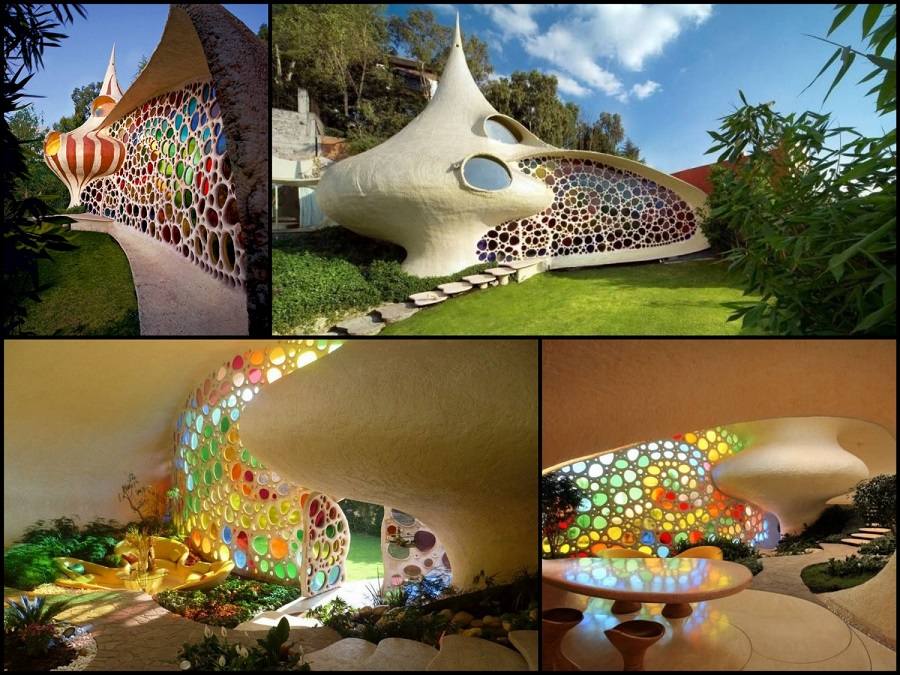When we think of the word “house”, we probably conjure the image of a conventional rectangle-with-triangle-roof shape, the kind we used to draw in our elementary grade pictures.
Nowadays, architecture is widely taken for granted; it is safe to deduce that in the corporate spirit of our times, architecture is mostly a means of accommodation and practicality; aesthetics are somewhat overlooked, especially in large cities (unless you live in the suburbs). And let’s not even get started on the environmental uses or sustainability of most architectural structures.
Let’s admit it: most buildings are boring. They only contribute to stressing the modern person out and become yet another factor of psychological claustrophobia.
The antithesis of that, however, is a newly rising (though it has existed for a long time now) wave of architectural style, called organic architecture. We may as well call it the “mother” of “green buildings”. Organic architecture is not a new thing. The term was actually coined by a man who lived more than 50 years ago.
His name was Frank Lloyd Wright, and he was the very first man to come up with the concept, and in turn, inspire and teach thousands of other architects. From his writings on that architectural style, we can see some of the principals of transcendentalism being reflected, and a yearning for Wright to re-unite man with nature, without leaving him homeless and without shelter from nature’s wrath.
It is an argument of the movement that organic homes will not only be built with better aesthetics and a more natural tone, they will also represent a natural motif in their structure and design, thus emulating natural organisms.
Geometrical themes and moods, spanning from the material, to the windows, interior decorations, even the way the house consumes energy, are meant to function in a holistic, interconnected and ever existing, sustainable and recyclable manner, working, in effect, much in the same ways that Mother Nature does; through the endless cycle of regeneration and transmutation of elements and life forms.
Organic architecture even has its own set of rules, called the “Gaia Charter”:
Let the design:
- Be inspired by nature and be sustainable, healthy, conserving, and diverse.
- Unfold, like an organism, from the seed within.
- Exist in the “continuous present” and “begin again and again”.
- Follow the flows and be flexible and adaptable.
- Satisfy social, physical, and spiritual needs.
- “Grow out of the site” and be unique.
- Celebrate the spirit of youth, play and surprise.
- Express the rhythm of music and the power of dance.”
Organic architecture is not simply an architectural utopia. On the contrary; it is very much a reality, with examples such as Gaudi’s creations, Kendrick Bangs Kellogg’s “Desert house” in California (a structure seemingly integrated into the rocks on which it has been built), the breathtaking aquatic Nautilus House in New Mexico, the ephemeral Sphere Houses on Vancouver Island.
Read more: http://www.lifeadvancer.com/organic-architecture-amazing-sustainable-home-designs-inspired-by-nature
Related article: Design Indulgence by Sherry Hart

No comments:
Post a Comment